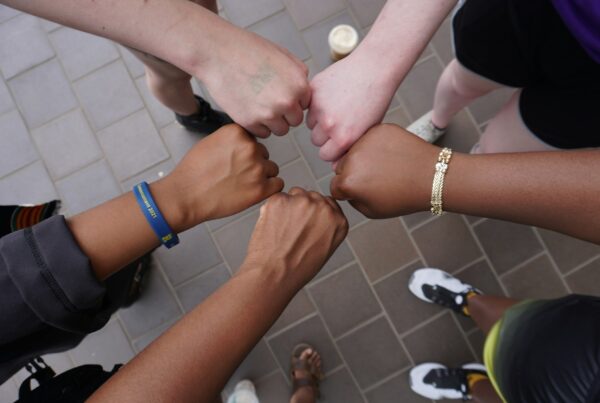College is an exciting time for your student to continue growing and developing in all aspects of their life, including how they make sense of cultural differences.
In addition to my full-time position as assistant professor of higher education leadership, I am also a qualified administrator of the Intercultural Development Inventory (IDI) (idiinventory.com). Through my work with the IDI, I have had the opportunity to challenge and support students to further develop their intercultural competence. In essence, I get to help them see how they can successfully navigate cultural differences.
Your student will get to experience and engage in a wonderfully diverse community regardless of what college they choose to attend. They will interact with students from varying backgrounds including, but not limited to: race, gender identity, socioeconomic status, abilities/disabilities, religion, language, etc. Through these interactions, your student will better understand others while also learning more about themselves and how they fit in their environment.
Inevitably, there will be conflict at some point in your student’s college experience. Perhaps it will be over the noise level with a roommate or the lack of follow-through from someone on a group project. There are some things you can encourage your student to keep in mind as they approach conflict that might be rooted deeper in cultural differences.
Take a step back and see if the conflict/issue is really as “major” as they think it is. Perhaps it is insignificant and not worth addressing or using their energy on at that time. For example, are the dirty dishes in the sink really worth confronting? Maybe not unless it continues day after day.
Consider how someone’s cultural identity might impact various interactions. For instance, when conflict arises, people “face” conflict differently. Some prefer to be more assertive and figure things out right then and there; others take a more passive approach and would instead not address the conflict hoping it will “work itself out.” One approach is not necessarily better than the other, but each person could view the other’s approach as problematic rather than thinking about how their background informs how they handle conflict.
When a participant (in my work, a student, staff, or faculty member) completes the IDI, they can see where they “fall” on the Intercultural Development Continuum ranging from Denial (seeing surface level difference but potentially avoiding deeper difference) to Adaption (readily adjusting to cultural difference) (idiinventory.com). The critical part of my work is to help participants make sense of their view of cultural differences based on their placement on the Continuum.
As Sanford’s (1962) theory of challenge and support describes, it is helpful to consider where someone is developmentally to know how to appropriately challenge them to continue their development while providing enough support, so they do not become overwhelmed and give up. Similarly, it is helpful to get an idea of where your student is regarding cultural differences. Is difference viewed as an opportunity to learn a new perspective and approach, or is it viewed as an obstacle to overcome? Would your student “rather not go there” and avoid facing cultural differences? If so, an appropriate challenge could be to encourage them to think about their own identity and what has impacted their identity development. Then, think about what aspects of their identity would be different if they grew up in a different geographical region or their racial identity was different. This could help them consider why they are the way they are and why someone else is the way they are.
What if your student already seems to value difference and enjoys learning from others? You can encourage them to continue to face challenges with a desire to gain a new perspective. I make these recommendations through this lens: as a parent myself, I try to instill specific core values and beliefs in my son. For instance, human worth and dignity, regardless of difference, is a non-negotiable/core value in our household. Your student does not need to accept anything and everything; instead, the goal is to challenge them to consider other opinions and approaches and make sense of difference in a way that aligns with their core values and beliefs.
Your student will experience so many new things during their college years. How you talk about cultural differences now can help them make sense of differences in the college environment.
Reference: Sanford, N. (1962). The American college. New York: Wiley.
F-2645849P-Y1222W










